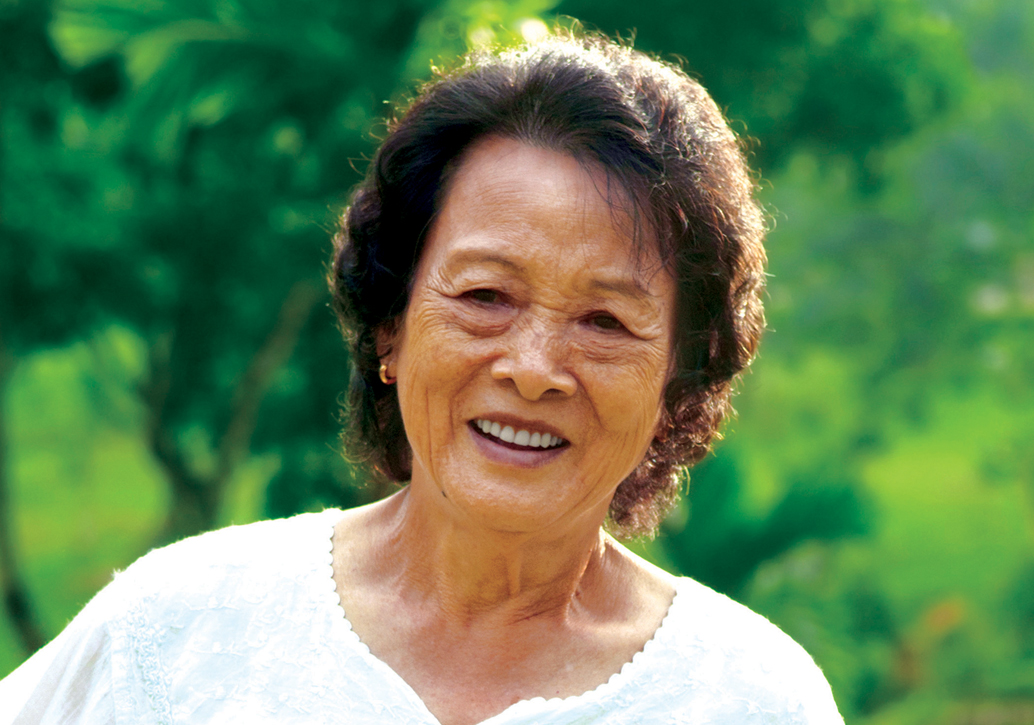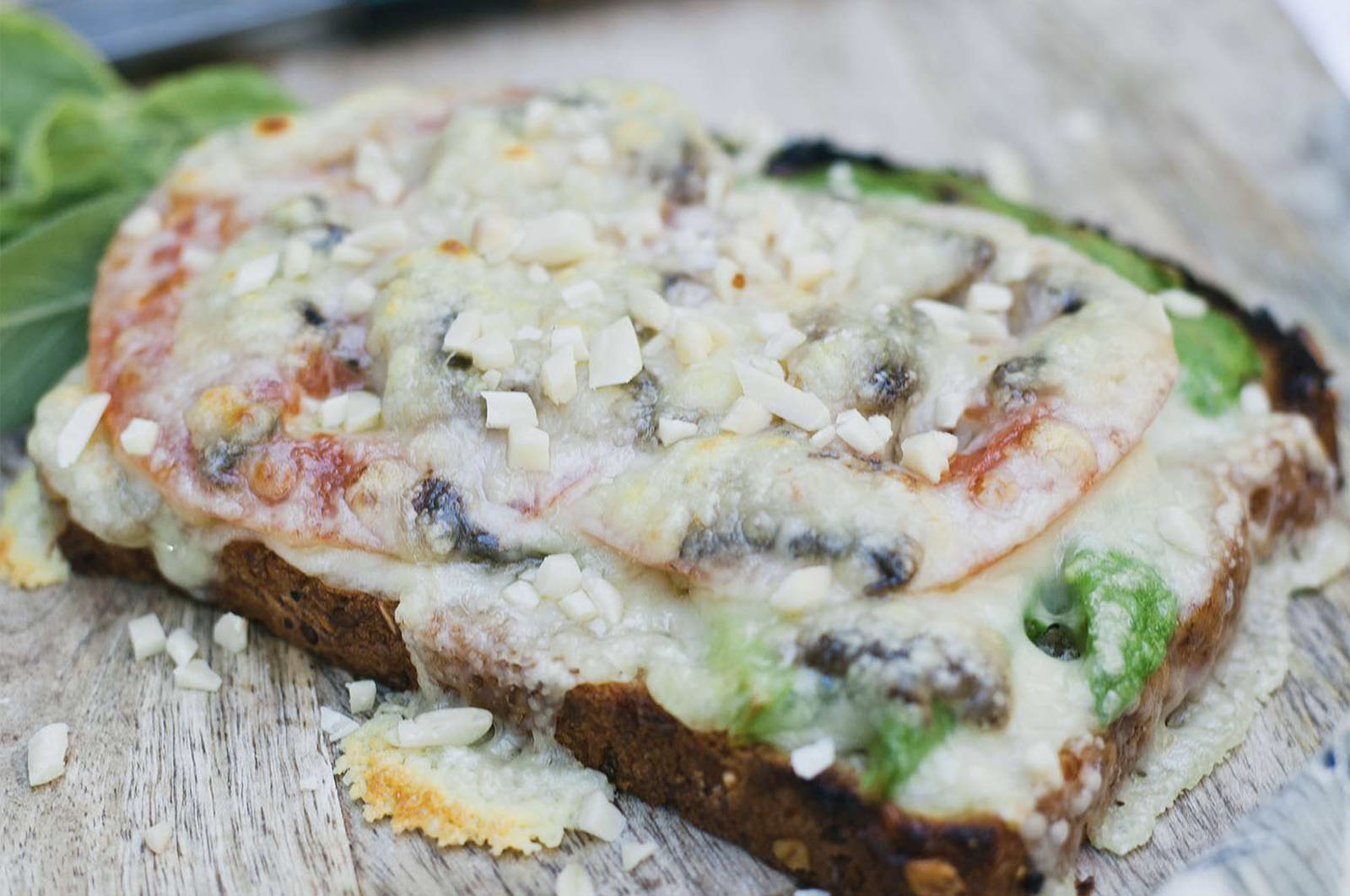Back pain is one of the most common physical maladies in the developed world, with 60–90 per cent of Canadians experiencing low back pain (LBP) in their lifetime. While most back pain resolves within two weeks, 75 per cent of people experience one or more recurrences.
By Laura Stewart
Studies have shown that caregivers report more back pain and display more back weakness and postural strain than non-caregivers. This is no doubt due to the amount of forward bending of the spine in caregiving tasks. That physical strain, in combination with the common occurrence of heightened emotional stress and muscle tension, is a recipe for back injury!
The following information will hopefully guide you in your quest to prevent and treat LBP.
Preventing lower back pain
Exercise
The most important component in preventing LBP is being physically active on a regular basis. Choose a variety of exercise types, such as walking, swimming or aerobics for cardiovascular fitness, pilates or yoga to stretch and strengthen the muscles of the spine, and resistance training to build and maintain muscle mass. Being active will also help keep your weight within a healthy range, another important factor in preventing a back injury.
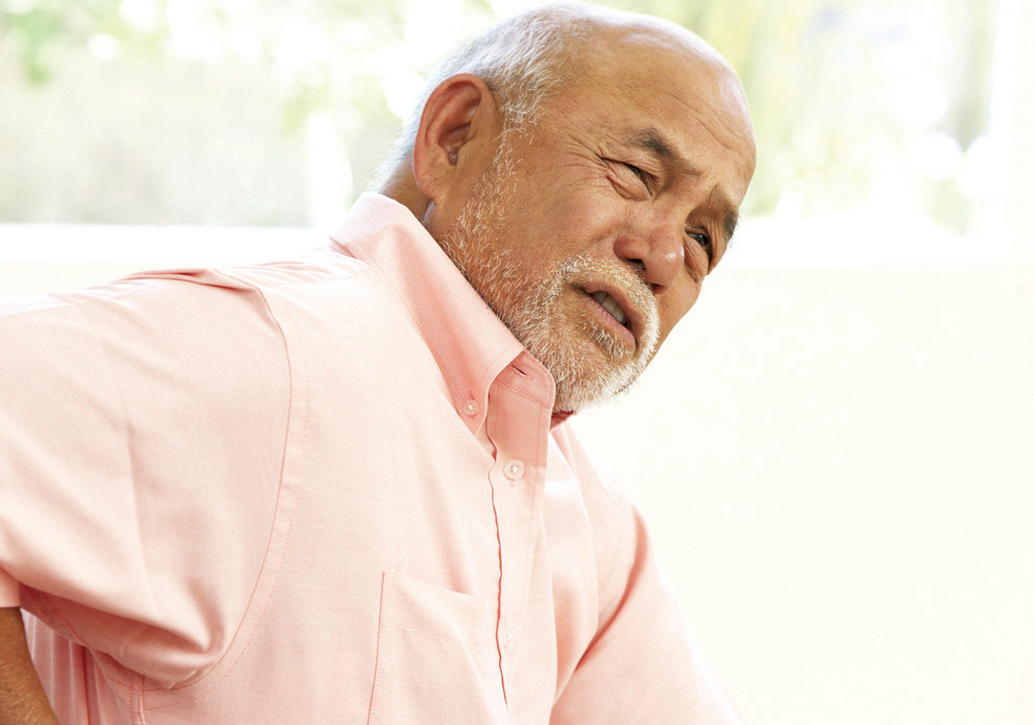 Posture
Posture
Keep your spine in line when sitting or standing, avoiding positions in which your head and shoulders slouch forward. When sitting, choose a chair that has good back support and sit with your feet on the floor. Choose footwear without a heel, and with good cushioning and arch support.
Lifting technique
Bring the object or person you are lifting as close as possible to your body and use your legs to do the work, not the muscles of your back. Avoid combining lifting and twisting wherever possible, and try not to move suddenly.
Special caregiver considerations
When caring for another individual, a healthy back needs to be high on your list of priorities. It can be difficult to care for yourself when LBP strikes, let alone someone else. Prioritizing your own spine health is important for your well-being, and without a healthy back you are much less useful to someone else!
It is of the utmost importance that caregivers take frequent breaks throughout the day to both rest and incorporate some physical activity, such as a brisk walk, exercise class, resistance training or even just a few minutes of yoga or stretching
When helping your loved one with bathing or dressing, try not to stay in a bent posture for prolonged periods and especially avoid bending combined with side bending or twisting. If possible, have the person you are assisting move closer to you so you don’t have to bend and reach as far. If you have an adjustable bed or other lifting aids, use them! Raising or lowering the height of the bed can significantly reduce stress on the low back.
Take your time. Be patient and allow the person you are helping to do as much of each task as they can. Rushing through caregiving tasks or not waiting for assistance with a transfer might save five minutes, but eventually lead to a back injury.
Back strains often occur when something unexpected happens, such as a fall or sudden movement. If this does happen, do your best to keep your loved one safe but do not try to catch or hold another person’s entire body weight by yourself. Instead, try to lower your loved one slowly to a seat or the floor, protecting his or her head.
Identifying lower back pain
Symptoms
“Low back pain” is not a simple term—it can encompass a mind-boggling range of symptoms. Pain can come on suddenly after an injury or gradually appear over days or weeks. It might be very localized to the spine, spread across or up and down your back, or radiate into one or both buttocks or legs. It can range from very mild to extremely severe, with the pain sometimes feeling dull and achy, stabbing and sharp or even burning or throbbing. Certain types of back issues can cause weakness in one or both legs, numbness, tingling, muscle cramps or spasms. Not knowing which symptoms are important and when to seek help can feel overwhelming.
Causes
Diagnosing specific back conditions is best undertaken by a medical professional (not Dr. Google!). Most LBP is mechanical in nature, meaning it is caused by the joints, discs, ligaments and muscles. Back pain can also arise from other causes, however, including referred pain from internal organs, infections, fractures, bone diseases or tumours, which should be ruled out by your doctor (see sidebar)—but keep in mind that these causes are very unlikely.
Treatment
If you have LBP plus any of the following symptoms for longer than a week or two, consider booking an appointment with a practitioner who specializes in back pain, such as a doctor, physiotherapist, chiropractor or osteopath:
- Back pain is preventing you from functioning in the normal tasks of your life or work.
- You feel a significant weakness in one or both legs (e.g., you feel you are dragging one or both feet, or having difficulty lifting or pushing off with your legs).
- Your pain radiates into your buttock(s) or leg(s).
- You experience numbness or tingling in your legs.
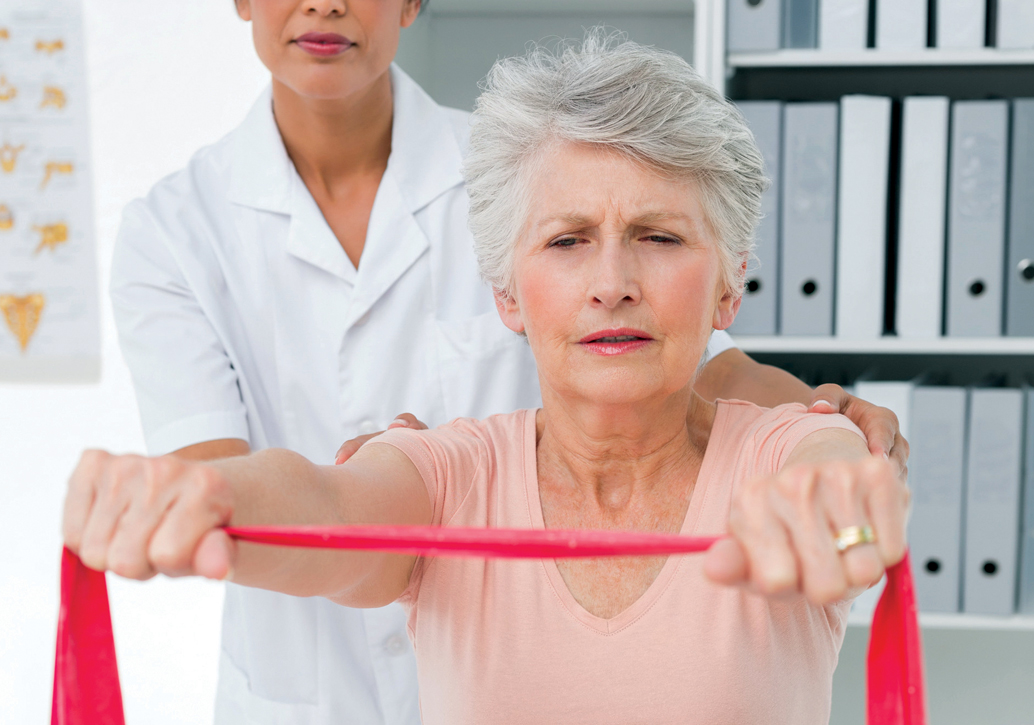 Acute treatment: How can I help myself when I first notice back pain?
Acute treatment: How can I help myself when I first notice back pain?
Activity vs. bed rest
The most important thing is to keep moving. Old wisdom advised days (or weeks!) of bed rest, but we now know conclusively that resting in bed for more than a day or two weakens the muscles and stiffens the joints, worsening low back symptoms and increasing the likelihood of LBP becoming chronic. So try to take short, frequent walks and avoid sitting for more than 30 or 40 minutes without getting up to move.
Medication
If your pain is difficult to tolerate and is keeping you from moving and functioning, speak to your doctor or pharmacist about taking over-the-counter medication for your pain. If you have more severe pain, your doctor might prescribe prescription painkillers, anti-inflammatories or muscle relaxants.
Ice vs. heat
For the first day or two after the onset of pain, apply ice packs to your low back for 10–15 minutes at a time. Afterwards, you can switch to heat for no more than 15–20 minutes at a time. Some people find alternating heat and ice gives some relief to LBP—use whichever feels most comfortable to you.
Gentle exercise
Therapeutic exercise should be a key element in any treatment plan after a low back injury. Ideally, a physiotherapist or other health professional should give you personalized guidance on what types of movements are best for your back injury and what types should be avoided. A general rule of thumb is to avoid sudden movements, move slowly and gently, and pay attention to your body’s reaction to careful motion.
A good response, and a sign to keep going, is a gradual easing of pain and tension as you repeat the movement. If your pain increases, however, making the symptoms spread to a wider area on your back, buttocks or legs, then stop and try a different movement.
Here are some general exercises that you might like to try: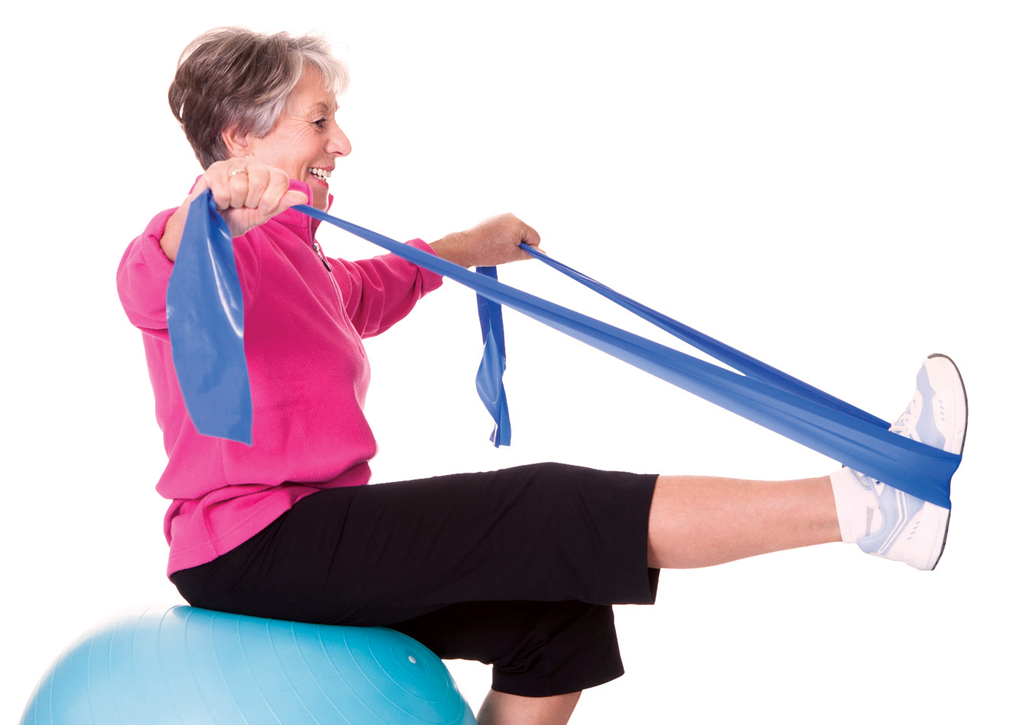
1. Lying on your back with your knees bent, bring your knees toward your chest, gently using your hands to help. Hold for five to 10 seconds and then lower your legs back to the floor, keeping them bent. Repeat 10 times.
2. Lying on your back with your knees bent, gently rock both knees a few inches to one side, until you feel a slight stretch in your back. Hold for five to 10 seconds, then repeat, moving your knees to the other side. Repeat the rocking back and forth, holding each position and keeping the range of motion small and pain free.
3. Standing with your hands on your hips, stretch your spine very tall and gently bend backwards until you feel a very slight stretch in your back. Hold for five to 10 seconds and repeat 10 times.
Different types of back injuries will respond differently to various postures and movements, so listen to your body and practice the movements that reduce your pain several times per day.
Other treatments
People with LBP can seek help from physiotherapists, chiropractors, osteopaths, massage therapists and more. Treatments for LBP in the first few weeks or months that have at least some evidence supporting their use include acupuncture, electrotherapy (e.g., TENS), taping, traction, spinal manipulation (considered very low risk when performed on the low back) and massage.
Be wary of anyone promising a “quick fix” that will work for every type of back pain and injury. If there was a cure-all for back pain then everyone would know about it!
Long-term treatment for persistent lower back pain
People with back pain that lasts for more than a few weeks or months or frequently recurs will need additional help. A consultation with your family doctor is a good idea to rule out possible causes of your back pain. Your doctor may decide to send you for further testing or to see a specialist for assessment or treatment. Most people, though, will continue to receive conservative (i.e., non-surgical) treatment for chronic LBP.
Laura Stewart, BScH, MScPT, is a physiotherapist working in both private homecare and community clinics in Toronto.

